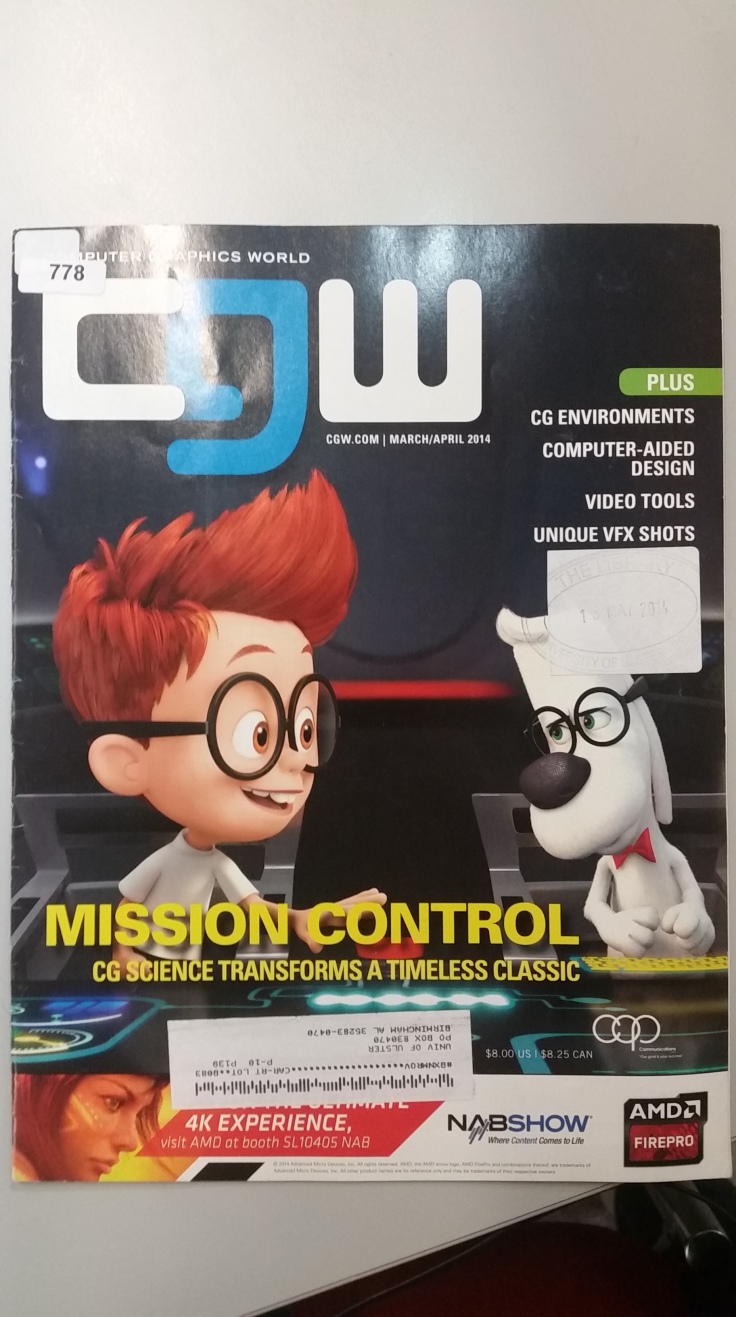This first semester was an opportunity for trial and error, for mistakes and learning curves and for learning to work as a team in various given situations and challenges. This was proven true in our modules where we were given both individual and team based projects to complete.
Within our creative elements module we were given an ultimate about of creative freedom to let our imaginations run ragged every week and produce innovative work and designs for the development of our teams. I loved the aspect of this module and how it allowed us to work together with people we had just met and slowly, over the 12 week module, learn to understand and appreciate each person’s method of working.
This module brought with it a lot of deadlines, hard work and late nights, but it was completely worth it. When I look back at the work both my previous teams and I have created, there is a real sense of pride and accomplishment which is felt. The sheer quantity and quality of work that we produced is something that I can only feel a sense of encouragement and motivation from and made the hard work all worthwhile.
The chance to work with such diverse and talented people with their own particular sets of skills and approaches, made this module one that I will always remember and will always look back on positively.
Sure we had the tough weeks and the times that work just didn’t seem to be taking off and team members didn’t play ball, but we overcame all that. We had good presentations, and sheer awful presentations but they were never wrong. Each stage of the module was a true learning curve for all involved and I felt that I grew and developed not only my abilities and understanding of the specialism and processes of animation, but also I grew more on a personal scale. I learnt how to work with different types of people and was able to re-shape, re-position and re-work myself into situations and projects that I had never worked on with people I had never worked with. This module was an amazing experience and has given me a lot more confidence and encouragement moving forward into semester 2.
Within Creative Elements we were also given the opportunity to experience and develop our skills and knowledge of the human anatomy in Life Drawing. Personally I found this a huge help to my drawing skills and my understanding of how simplifying the human body into shapes and basic polygons, allows us to create images and sketches full of information and character. This area of the module was an amazing opportunity and I hope we get to continue developing and learning more through this style of art
We began the Design Discourse 1 module learning and being informed of the pioneers of animation and the legends of the art that have made it the success and technological advance it is today. We learnt aspects of animation from a great range of styles and cultures. From Canadian to Asian, American to European; we got an insight into these progressions and experiments of animation and got to see in an interesting and influential way how the specialism we all love, grew, evolved and changed over the various cultures and how innovative individuals helped shape it into the marketable success it is today.
This module also allowed us to begin experimenting and indulging in the 3D modelling and animation software, Maya. We were given tutorials and advise on how to go about completing challenges and were then sent out to complete them. I loved the team support that I had during this new endeavour. Without the help and advice of my team, I wouldn’t have been able to advance as far as I have in this module. I began this semester coming from a very flat, 2D styled animation ability and am ending this semester with a positive sense of achievement and desire to keep learning.
From this study in Maya, I have seen that the process of 3D animation isn’t as daunting as I have always thought. When we open up the components of the software and start understanding that we are in control of it, our possibilities are endless and I am really looking forward to next semester to see where this adventure into Maya will lead me.











